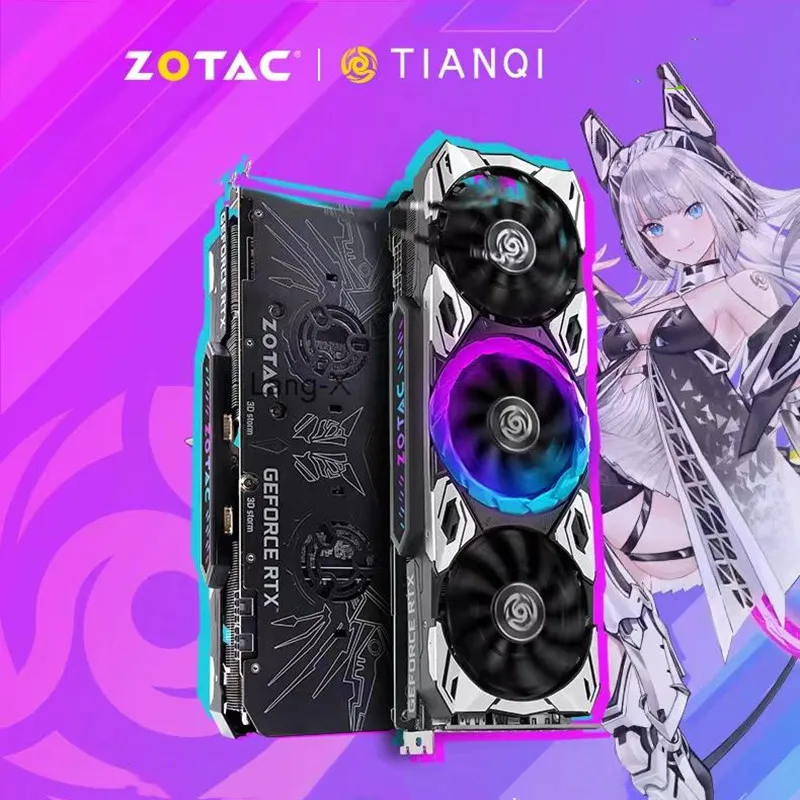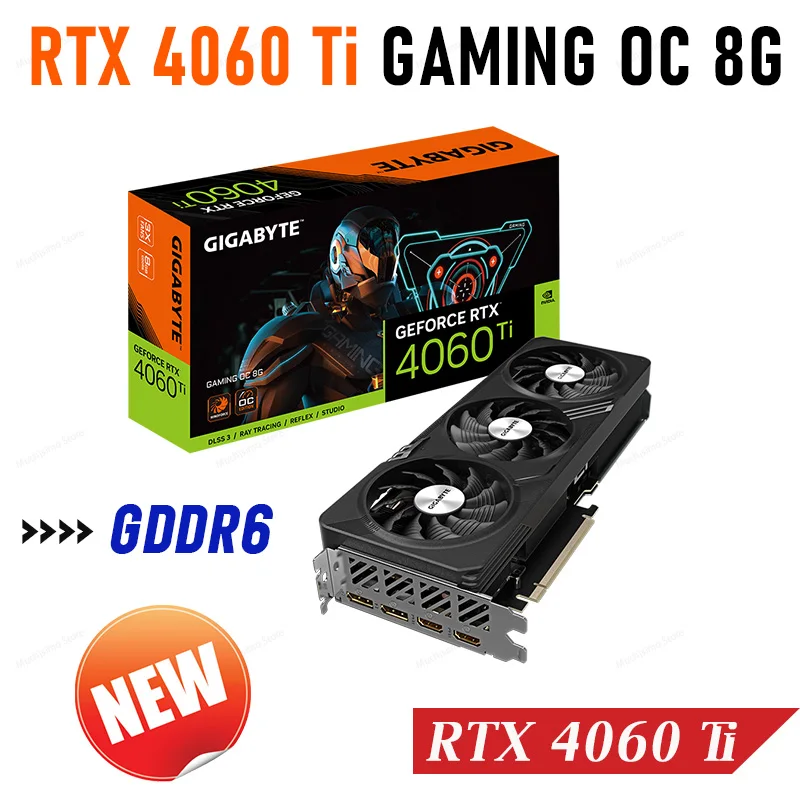Comparing Chinese GPUs vs. Global Brands: Which One Should You Choose?
Comparing Chinese GPUs vs. global brands reveals significant differences in pricing, performance, and support. Chinese GPUs offer competitive pricing and decent performance for casual use, while global brands typically lead in benchmarks and reliability, making understanding your specific needs essential when choosing.
Are you curious about comparing Chinese GPUs vs. global brands? The choice of graphics processing units can significantly influence your gaming or design experience. As technology evolves, more consumers are weighing the benefits of these two categories. In this article, we’ll dive into the key differences and examine performance, pricing, and market trends. The rise of Chinese GPUs has sparked discussions about quality and value, making it essential to analyze the landscape.














Key Differences Between Chinese GPUs and Global Brands
When it comes to Chinese GPUs versus global brand GPUs, there are several key differences worth noting. Understanding these variances can help consumers make informed decisions on which option is better suited for their needs.
Technology and Innovation
Chinese GPU manufacturers, such as HuaWei and ZOTAC, have been rapidly catching up with established global brands like NVIDIA and AMD. The primary focus for these Chinese brands has been on delivering cutting-edge technology at a more affordable price.
Performance Levels
Performance is critical when choosing a GPU. While international brands often lead in benchmark scores, many Chinese GPUs are still capable of providing satisfactory performance for general gaming and content creation tasks. It’s essential to analyze specific models to understand their performance capabilities.
Quality Control
Quality control measures can vary significantly between manufacturers. Generally, global brands have stringent quality assurance processes, resulting in more reliable products. Chinese manufacturers have improved quality but may still experience issues in some instances. Checking reviews can help determine quality trends.
Price Point
One substantial difference is the price point. Many Chinese GPUs offer lower prices compared to their international counterparts. This price advantage makes them appealing for budget-conscious consumers who do not want to compromise significantly on performance.
Support and Warranty
Customer support and warranty options can differ widely between brands. Global brands often provide extensive support networks and longer warranty periods. Chinese brands are improving in this area, but availability and quality of support can vary. Potential buyers should research warranty terms before making a purchase.
Performance Analysis of Chinese GPUs vs. Global Competitors
The performance analysis of Chinese GPUs versus global competitors reveals significant insights for consumers. These insights help potential buyers make informed choices when looking for a suitable GPU.
Benchmark Results
When it comes to benchmark performance, global brands like NVIDIA and AMD often lead the pack. They consistently outperform in gaming scenarios, rendering speed, and power efficiency. However, Chinese GPUs from companies like HuaWei and ZOTAC have made considerable advancements. In certain benchmarks, they provide competitive results, particularly in mid-range options.
Real-World Gaming Performance
In real-world gaming scenarios, global competitors often deliver smoother experiences at higher settings. However, many Chinese GPUs are rising to the occasion, especially for casual gamers or those on a budget. Games like Fortnite and Overwatch can run efficiently on these graphics cards, showcasing their potential.
Thermal Management and Power Consumption
Thermal management is crucial to GPU performance. Global brands usually invest more in effective cooling solutions, keeping the hardware cool under heavy loads. In contrast, some Chinese GPUs may face overheating issues if not properly cooled. Users should check reviews to understand thermal performance before buying.
Driver Support and Updates
Driver support plays a significant role in GPU performance. Global brands provide consistent updates and support for a wide range of games and applications. Chinese brands are improving in this area, but they typically have fewer updates. Consumers should verify the frequency of updates offered by a brand to ensure optimal performance.
Pricing Strategies: Chinese GPUs vs. International Brands
When discussing pricing strategies between Chinese GPUs and international brands, several factors come into play. Understanding these strategies can help consumers make the best choice for their budget and needs.
Competitive Pricing of Chinese GPUs
Chinese GPU manufacturers typically adopt aggressive pricing strategies to capture market share. Companies like ZOTAC and HuaWei often price their products lower than their international competitors. This approach attracts budget-conscious customers who might not need the highest-end specifications.
Value for Money
Many Chinese GPUs offer excellent value for money, focusing on mid-range performance. This value makes them appealing for gamers and content creators who want decent performance without paying premium prices. Comparatively, global brands like NVIDIA and AMD tend to price their products based on brand reputation and advanced technology.
Sales and Discounts
Chinese manufacturers often run significant sales and discounts, especially during major shopping events. These promotions can result in substantial savings for consumers, making their GPUs more appealing. International brands also offer discounts but may not match the frequency or depth of the sales provided by their Chinese counterparts.
Shipping and Import Costs
Pricing strategies can also be affected by shipping and import costs. While Chinese GPUs may have lower base prices, buyers outside of China must consider potential duties and taxes, which can increase the total cost. Conversely, international brands may have additional shipping charges but can provide local warranty and support.
Long-Term Costs
When thinking about price, it’s essential to consider long-term costs as well. Performance efficiency, energy consumption, and potential upgrade paths can influence overall value. While a cheaper Chinese GPU may save money upfront, it might not perform as well over time in power usage or reliability.
FAQ – Frequently Asked Questions about Comparing Chinese GPUs vs. Global Brands
What are the main differences between Chinese GPUs and global brands?
The main differences include technology and innovation, performance levels, quality control, and customer support. Chinese GPUs often offer competitive pricing but may lag behind in terms of performance and support.
How do Chinese GPUs perform compared to international competitors?
While global brands typically deliver better performance in benchmarks and high-end gaming, many Chinese GPUs provide satisfactory performance for casual gaming and basic tasks.
Are Chinese GPUs a good value for money?
Yes, many Chinese GPUs offer great value for money, especially for mid-range performance. They are often priced lower than international brands, making them attractive for budget-conscious consumers.
How often do Chinese GPU brands offer sales and discounts?
Chinese GPU manufacturers frequently run sales and discounts, especially during major shopping events, which can lead to significant savings for buyers.
What should I consider regarding shipping and import costs when buying a GPU?
While Chinese GPUs may have lower base prices, consider potential shipping fees, import duties, and taxes when calculating the total cost. International brands may charge more for shipping but can offer local support.
What long-term costs should I consider when choosing a GPU?
Consider performance efficiency, energy consumption, and potential upgrade paths. Sometimes a cheaper GPU might save money upfront but could incur higher costs in the long run due to performance issues.